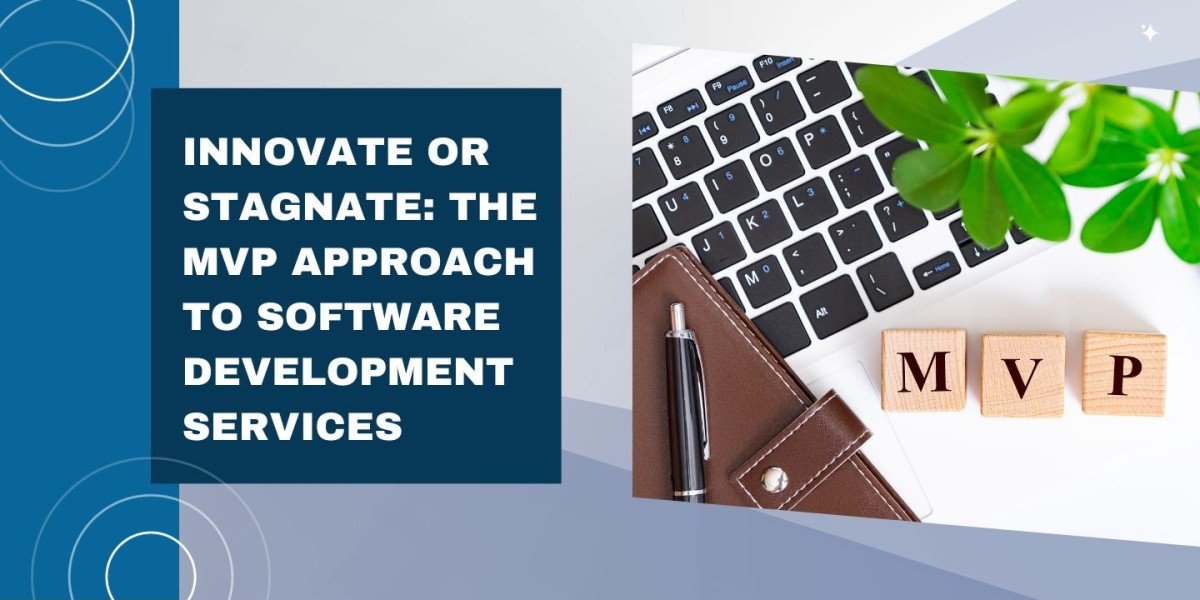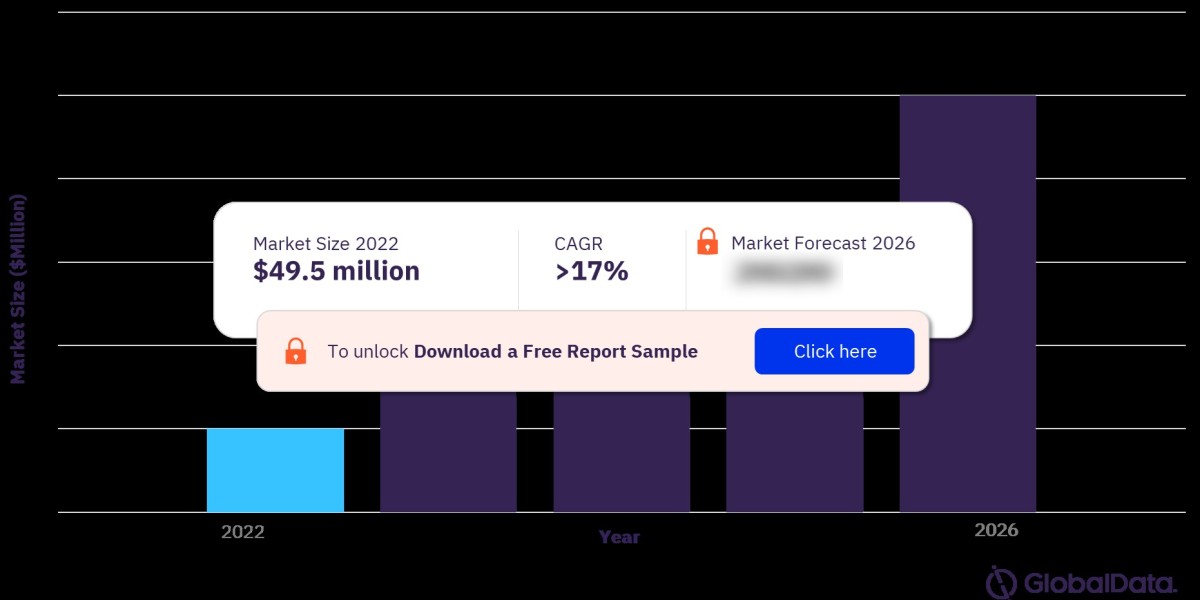Unleashing the Power of MVP
The ability to innovate quickly is frequently the primary difference between success and stagnation in the fast-paced field of software development. This piece explores the idea of a Minimum Viable Product (MVP), which is a potent tool for advancing software development services into a domain of ongoing innovation and long-term expansion. We thoroughly examine every aspect of the MVP strategy, from concept to strategic use.
I. Understanding the Minimum Viable Product Concept
1.1 Defining Minimum Viable Product
At its core, a Minimum Viable Product is a streamlined version of a software solution that includes only the essential features necessary to meet the needs of early users. The MVP approach revolves around the idea of delivering a functional product with minimum effort, allowing for rapid iteration based on user feedback.
1.2 The Purpose of MVP in Software Development Services
The primary goal of adopting the MVP approach in software development services is to mitigate the risk of extensive resource investment in a full-fledged product that might not resonate with the target audience. Instead, developers focus on creating a basic version that serves as a testing ground for ideas and functionalities.
II. The Minimum Viable Product Development Process
2.1 Ideation and Conceptualization
The journey begins with a thorough ideation phase, where the development team collaborates to define the core purpose and functionalities of the software. This phase sets the stage for creating a roadmap that aligns with the overall vision of the product.
2.2 Prioritizing Features and Functionality
In the MVP approach, prioritization is key. Development teams must carefully select and prioritize features based on their impact on the user experience and the overall value they bring to the product. This strategic decision-making ensures that the Minimum Viable Product remains a lean yet impactful representation of the final product.
2.3 Rapid Prototyping and Development
The beauty of the MVP approach lies in its agility. Developers move swiftly to create a functional prototype, focusing on the core features identified during the prioritization phase. This rapid development allows for quick testing and validation of the initial concept.
2.4 User Testing and Feedback
User involvement is a cornerstone of the Minimum Viable Product approach. By releasing the minimum viable product to a select group of early adopters, developers gather valuable feedback on functionality, usability, and overall user satisfaction. This iterative feedback loop enables continuous improvement and refinement.
III. Advantages of the Minimum Viable Product Approach
3.1 Risk Mitigation
One of the most significant advantages of adopting the Minimum Viable Product approach is the mitigation of risk. By testing a scaled-down version of the product early in the development process, companies can identify potential pitfalls and necessary adjustments before significant resources are invested.
3.2 Faster Time-to-Market
In the competitive landscape of software development, speed is often a decisive factor. The Minimum Viable Product approach accelerates the time-to-market by focusing on essential features, allowing companies to establish a presence and start gathering user feedback sooner than traditional development methods.
3.3 Cost-Efficiency
Cost considerations are always at the forefront of software development. The Minimum Viable Product approach minimizes costs by avoiding unnecessary development of features that may not resonate with users. This cost-efficient strategy enables companies to allocate resources more effectively.
IV. Examples of Successful MVP Implementation
4.1 Dropbox: Revolutionizing File Sharing
Dropbox, a pioneer in cloud storage, began as a simple MVP that allowed users to easily share files across devices. The initial version was a basic file-syncing tool, and its success paved the way for the development of additional features and a more comprehensive platform.
4.2 Airbnb: From Air Mattresses to Global Accommodations
Airbnb's journey started with a simple MVP that enabled users to rent out air mattresses in their homes. The success of this basic concept validated the business model, leading to the expansion of the platform into a global marketplace for accommodations.
V. Challenges and Considerations in MVP Implementation
5.1 Balancing Minimalism with Functionality
One of the challenges in MVP development is striking the right balance between creating a minimal product and ensuring it remains functional and valuable to users. Developers must resist the temptation to cut too many corners, ensuring that the core functionality is robust.
5.2 Managing User Expectations
Releasing an MVP comes with the challenge of managing user expectations. It's crucial to communicate clearly that the initial version is a work in progress and that additional features and improvements are planned based on user feedback.
VI. The Future of MVP: Evolving Strategies for Ongoing Success
6.1 Continuous Iteration and Improvement
The MVP approach is not a one-time solution but rather a mindset that encourages continuous iteration and improvement. Successful companies recognize that the initial release is just the beginning. They use the feedback gathered from users to inform subsequent iterations, ensuring that the product evolves to meet changing market needs and user expectations.
6.2 Scalability and Expansion
As a software product gains traction and user satisfaction, the next phase involves scaling and expanding functionalities. The MVP serves as a foundation, allowing development teams to build upon a solid framework. This scalability ensures that the software can grow alongside the company's expanding user base and evolving business goals.
VII. Integrating MVP into Your Development Strategy
7.1 Establishing a Cross-functional Team
The success of an MVP relies heavily on effective collaboration between different departments within a company. Establishing a cross-functional team that includes developers, designers, product managers, and marketing experts ensures a holistic approach to MVP development, considering both technical and user-centric aspects.
7.2 Utilizing Agile Methodologies
The MVP approach aligns seamlessly with agile methodologies, emphasizing flexibility, collaboration, and quick adaptability. Agile practices, such as Scrum or Kanban, complement the iterative nature of MVP development, allowing teams to respond swiftly to changing requirements and market dynamics.
VIII. Case Study: How Company X Leveraged MVP for Market Dominance
8.1 Company X's Initial Challenge
Company X faced a competitive market with a saturated landscape of similar products. To stand out, they needed a unique approach that addressed user pain points and delivered real value.
8.2 MVP Implementation Strategy
Company X embraced the MVP approach by identifying key pain points and developing a minimum viable product that directly addressed those issues. By releasing a focused solution quickly, they were able to gather user feedback early in the development process.
8.3 Iterative Development and Scaling
The feedback received from the MVP allowed Company X to iterate on the product, adding features that resonated with users and removing those that didn't. This iterative process continued, leading to the gradual scaling of the product to meet the evolving demands of the market.
8.4 Market Dominance and Beyond
With a solid foundation established through the MVP approach, Company X not only addressed user needs effectively but also surpassed competitors in terms of innovation and user satisfaction. Their success highlights the transformative power of the MVP strategy in achieving market dominance.
IX. Overcoming Common Pitfalls in MVP Implementation
9.1 Rushing the Development Process
One common pitfall in MVP implementation is the temptation to rush through the development process to release quickly. While speed is essential, it's crucial to maintain a balance and ensure that the core functionalities are well-developed and aligned with user expectations.
9.2 Neglecting User Feedback
The essence of the MVP approach lies in user feedback. Neglecting or dismissing user input can hinder the success of the strategy. Companies should establish effective feedback loops and actively incorporate user suggestions into subsequent iterations.
X. Looking Ahead: The MVP Approach in Emerging Technologies
10.1 Artificial Intelligence and MVP
In the era of artificial intelligence, integrating MVP principles into the development of AI-powered solutions is becoming increasingly important. By focusing on the minimum set of functionalities that showcase the AI's capabilities, developers can effectively introduce groundbreaking technologies to the market.
10.2 Blockchain and Decentralized Applications
Blockchain and decentralized applications (DApps) are reshaping industries. The MVP approach is instrumental in the development of DApps, allowing developers to release a basic version that demonstrates the decentralized concept and collects feedback for improvements.
Conclusion:
The MVP approach represents a paradigm shift in the traditional landscape of software development services. By emphasizing quick iteration, user feedback, and continuous improvement, companies can navigate the complexities of the modern market with agility and innovation. Whether you're a startup aiming for rapid growth or an established company seeking to revitalize your product line, embracing the MVP approach is not just a choice; it's a strategic imperative in the quest to innovate or risk stagnation in an ever-evolving industry. As we look to the future, the MVP approach stands as a beacon, guiding software development services towards a landscape of endless possibilities and sustained success.








